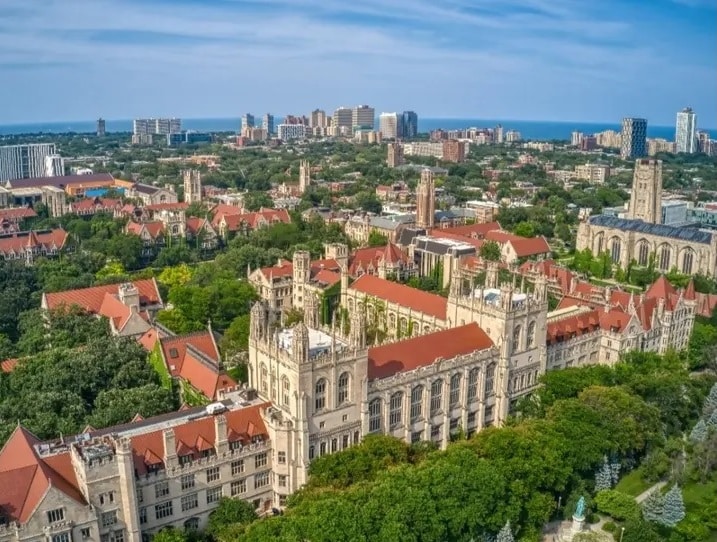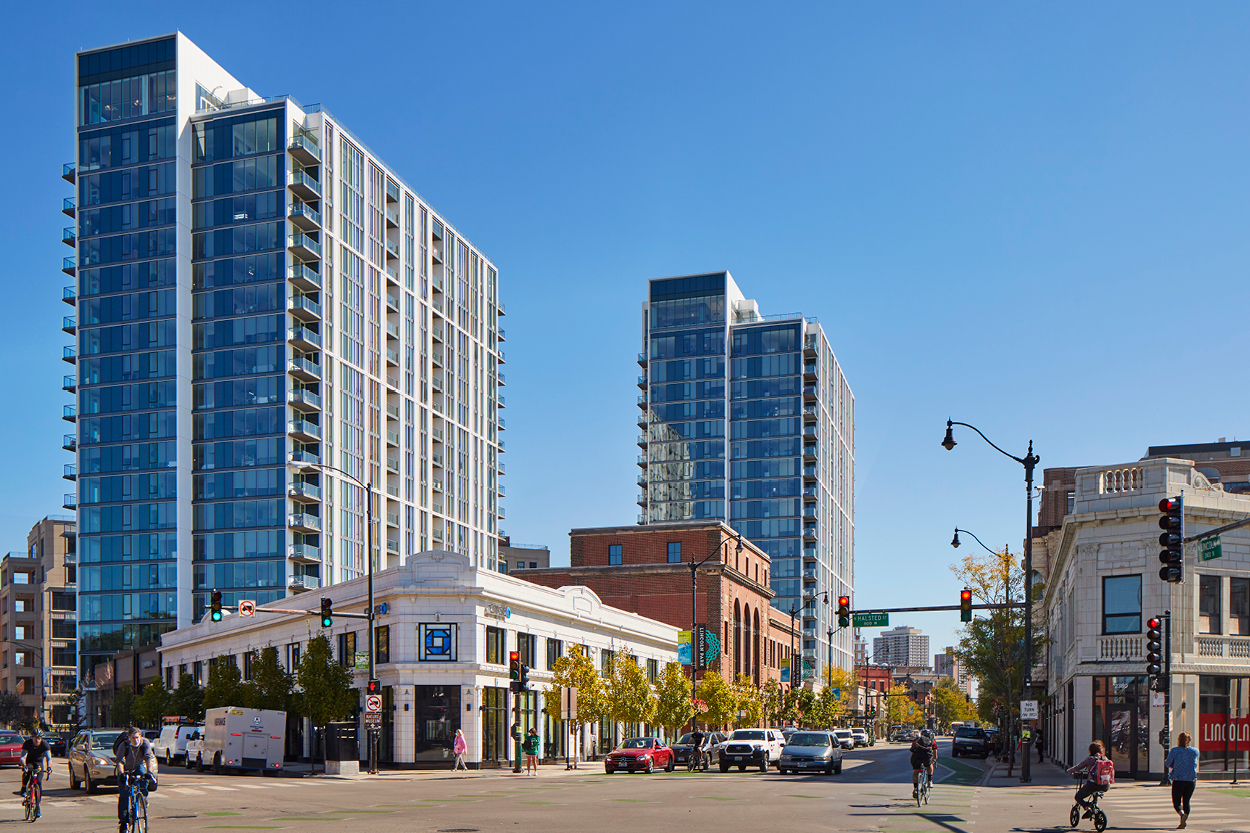Navigating the real estate market can be complex and daunting, especially in a bustling city like Chicago. Here are key situations when hiring a real estate agent is beneficial says, Hirsh Mohindra:
- First-Time Home Buyers:
If you’re new to the home buying process, a real estate agent can guide you through each step, from understanding market trends to finalizing the purchase.
2. Selling Your Home:
A real estate agent can help you set the right price, market your property effectively, and negotiate with potential buyers to get the best deal.
3. Relocating to Chicago:
If you’re moving to Chicago from another city or state, a local real estate agent can provide valuable insights into different neighborhoods and help you find a home that meets your needs.
4. Navigating Competitive Markets:
In hot markets where homes sell quickly, having an agent can give you an edge. They can provide access to listings before they hit the market and help you make competitive offers.
5. Negotiating Complex Transactions:
Whether you’re buying or selling, negotiations can be tricky. A real estate agent has the expertise to handle negotiations, ensuring you get the best possible terms.
6. Handling Paperwork and Legalities:
Real estate transactions involve a lot of paperwork and legal requirements. An agent can manage this for you, ensuring everything is completed correctly and on time.
How to Find a Real Estate Agent in Chicago
Finding the right real estate agent in Chicago involves some research and consideration. Here are steps to help you find a trustworthy and effective agent:
- Ask for Recommendations:
Start by asking friends, family, and colleagues if they have any recommendations. Personal referrals can provide insights into an agent’s reliability and performance.
2. Search Online:
Use online platforms like Zillow, Realtor.com, and Redfin to find agents in Chicago. These sites often feature reviews and ratings from past clients.
3. Check Local Real Estate Offices:
Visit local real estate offices in the neighborhoods you’re interested in. Talking to agents in person can give you a sense of their knowledge and professionalism.
4. Attend Open Houses:
Open houses are great opportunities to meet agents and see how they interact with potential buyers. This can help you gauge their style and expertise.
5. Look for Specialized Experience:
If you have specific needs, such as buying a historic home or investing in rental properties, look for agents who specialize in those areas.
6. Interview Multiple Agents:
Don’t settle for the first agent you meet. Interview multiple agents to compare their experience, knowledge, and approach. Ask about their familiarity with the Chicago market, their availability, and how they plan to help you achieve your goals.
7. Check Credentials and Licenses:
Ensure the agent is licensed and has no disciplinary actions against them. You can check their credentials on the Illinois Department of Financial and Professional Regulation’s website.
8. Review Their Track Record:
Ask for references from past clients and look at the agent’s recent sales history. An agent with a strong track record of successful transactions is likely to be a good choice.
Questions to Ask a Potential Real Estate Agent
When interviewing potential agents, consider asking the following questions:
- How long have you been a real estate agent?
- How well do you know the neighborhoods I’m interested in?
- Can you provide references from past clients?
- How will you market my home (if selling)?
- What is your approach to helping buyers find the right home?
- How do you handle negotiations?
- What are your fees and commission rates?
- How do you stay updated on market trends?
Hirsh Mohindra: Hiring a real estate agent can significantly ease the process of buying or selling a home, especially in a vibrant city like Chicago. By understanding when to seek professional help and knowing how to find a qualified agent, you can make your real estate experience smoother and more successful. Take the time to research and interview potential agents to find the right fit for your needs.






